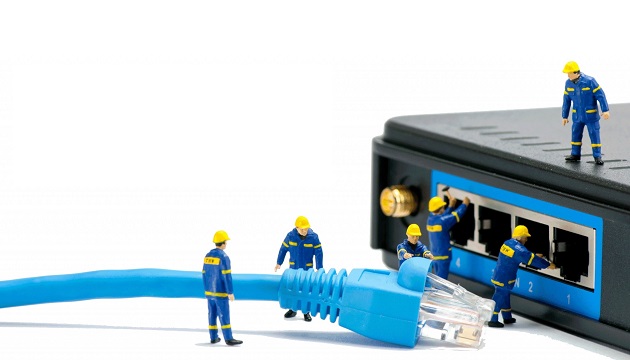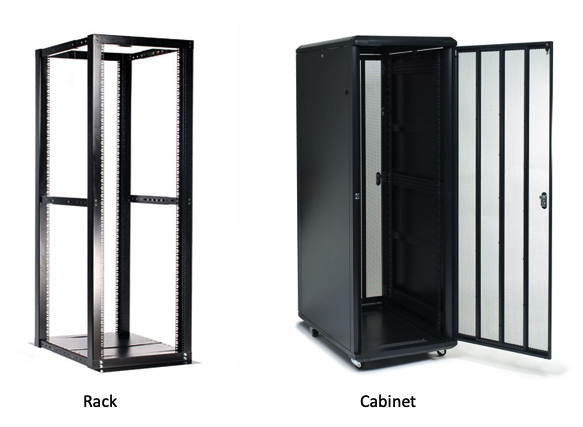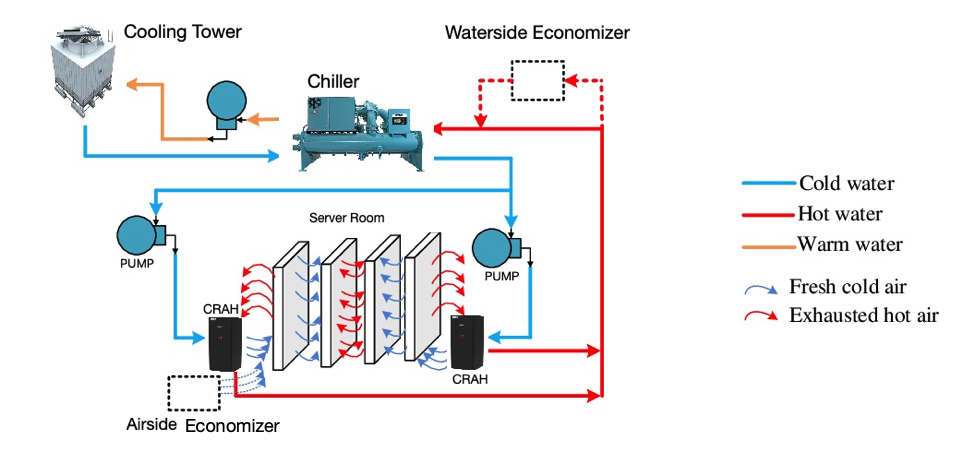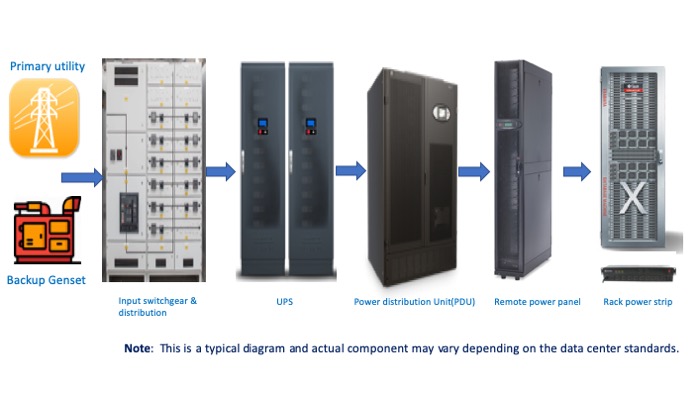Different types of fiber optic cable connectors
We have seen the basics of fiber optics and different types of fiber optic cables. But it is a sense of knowing that there will be two ends for fiber optic cables and each ends function will be to transfer/receive the data either to transceiver or other fiber optic cables. Isn’t it our duty to






